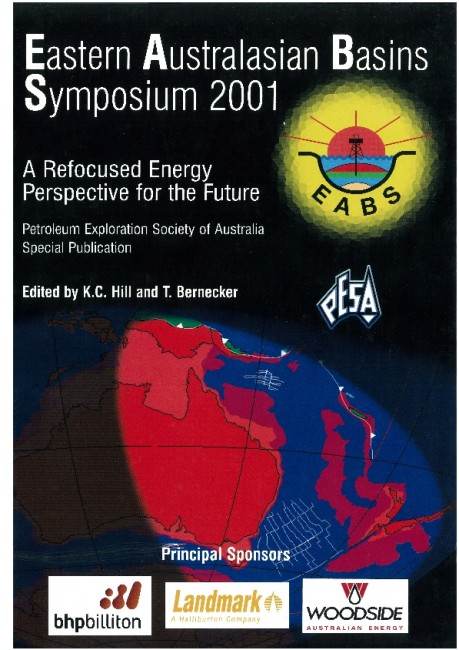Publication Name: Eastern Australian Basins Symposium 2001
Authors: C.I. Uruski and P. Baillie
Date Published: November 2001
Number of Pages: 31
Reference Type: Magazine Article
Abstract:
The New Zealand Exclusive Economic Zone contains at least six large deepwater basins. Structural styles vary from rift basins through strike-slip dominated basins to major accretionary prisms. Source rocks encountered include coal measures, black marine shales and lacustrine sediments. Sedimentary thicknesses, heat flow studies and basin modelling, supported by production and numerous seeps in the shelf and onshore, suggest that these basins have significant untested petroleum prospectivity.The petroleum histories of most of these basins began with Late Cretaceous rift basin formation associated with East Gondwana break-up. In onshore New Zealand and on the continental shelf, many of the source rocks for the productive Taranaki Basin were deposited at this time. The earliest sediments to be deposited commonly belong to fluvial, lacustrine, deltaic and nearshore facies with an increasing marine influence as the region foundered through the Paleogene.
The Neogene saw the formation of the present plate boundary and the emergence of New Zealand in response to plate collision. Meanwhile, the deepwater basins away from the plate margin continued a quieter development. Some inversion did occur, but not to the extent of the nearshore and onshore regions. This relatively gentle structural evolution increases the likelihood of discovering large hydrocarbon fields in unbreached structural traps.


